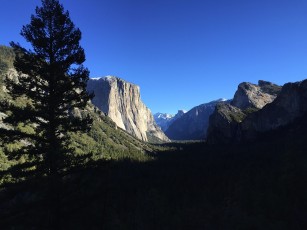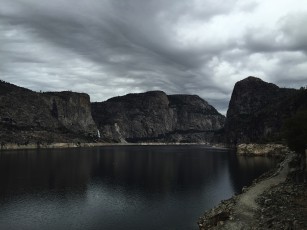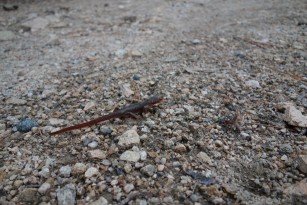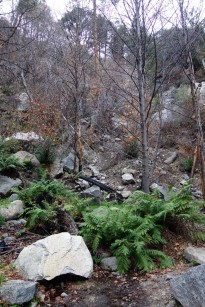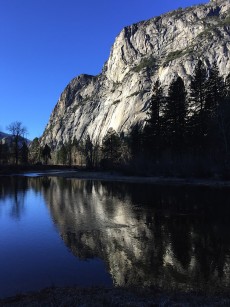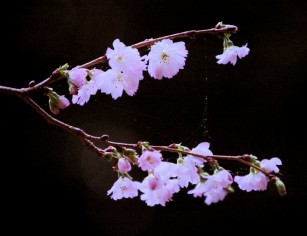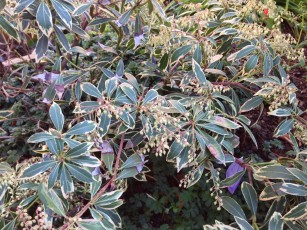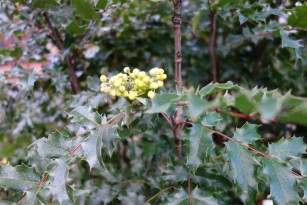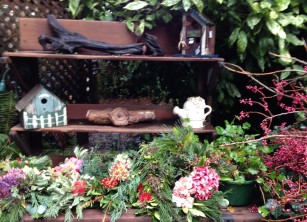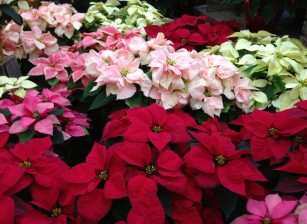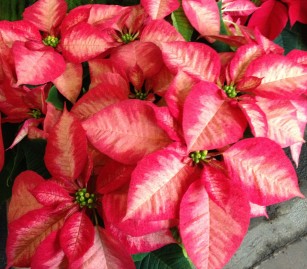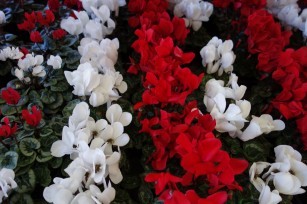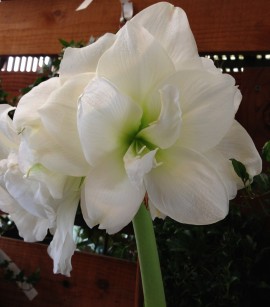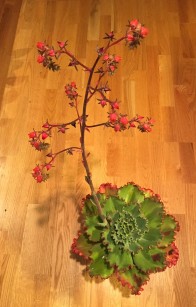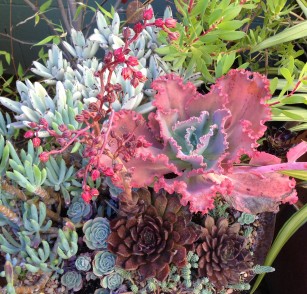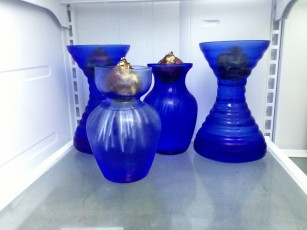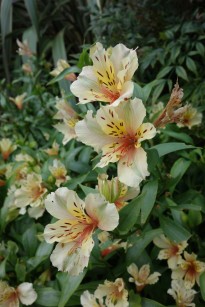 It probably won?t come as a big surprise to you that I have a lot of friends that are also landscape designers. We get together to talk plants, garden design challenges and plant problems while enjoying good food along with a little wine thrown in for good measure. Recently I had the opportunity to visit one of these friends and although I was only there briefly to pick up something I couldn?t help but ask about several of the beautiful plantain her own garden. Some of her favorites include those with interesting foliage and texture and that flower over a long season. Maybe some of these plant ideas will work in your own garden.
It probably won?t come as a big surprise to you that I have a lot of friends that are also landscape designers. We get together to talk plants, garden design challenges and plant problems while enjoying good food along with a little wine thrown in for good measure. Recently I had the opportunity to visit one of these friends and although I was only there briefly to pick up something I couldn?t help but ask about several of the beautiful plantain her own garden. Some of her favorites include those with interesting foliage and texture and that flower over a long season. Maybe some of these plant ideas will work in your own garden.
Being winter and all I was immediately drawn to the hundreds of soft apricot and creamy yellow flowers covering a 3 foot wide Peruvian Lily. This selection of alstroemeria, called Inca Ice, is much shorter and compact that the taller ones that can be somewhat floppy in the garden. Alstroemeria were named by Carl Linnaeus, often called the Father of Taxonomy, for his friend and student Klaus von Alstroemer. Native to South America, the summer growing types come from eastern Brazil while the winter growing plants are from central Chile.
Peruvian Lily spread slowly outward from rhizomes and grow in full to part sun. They are hardy to 15-20 degrees and can tolerate dry conditions although they look best with irrigation. The Inca series grows 2-3 ft tall and can be covered with flowers from spring to late fall or winter if the weather is mild. The flower stems are long enough for cutting. This variety also comes in light orchid, pale yellow and white with red and green markings. What?s not to love about this plant?
Tucked next to the blooming Inca Ice Peruvian Lily, a clump of bright,  burgundy red Festival grass complemented the soft yellow of a Leucodendron discolor and a variegated Flamingo Glow Beschorneria. I was not familiar with this variegated agave relative with its soft-tipped chartreuse striped leaves. I found out this beautiful plant is drought tolerant, hardy to 15 degrees and will bloom with 5 foot pink stalks with reddish pink bracts.
burgundy red Festival grass complemented the soft yellow of a Leucodendron discolor and a variegated Flamingo Glow Beschorneria. I was not familiar with this variegated agave relative with its soft-tipped chartreuse striped leaves. I found out this beautiful plant is drought tolerant, hardy to 15 degrees and will bloom with 5 foot pink stalks with reddish pink bracts.
Other plants that boast more foliage color than flowers brought this winter garden to life. Several varieties of helleborus just starting to show pink, white and rose color were surrounded by the brilliant chartreuse-yellow foliage of sedum Angelina ground cover. A variegated Japanese Lily-of-the-Valley shrub grew nearby getting ready to bloom soon.
Beautiful bright pink, cream and green variegated Jester Leucodendron bordered the driveway. I?ve seen this plant also called Safari Sunshine in nurseries. With its smaller size of 4-5 feet this evergreen shrub has showy, rich red bracts that sit atop the branches now in late winter and lasting into spring. Drought tolerant like Safari Sunset and deer resistant, too, leaucodendron are hardier than other protea.
Every interesting garden has good bones. It has focal points, texture, repetition and unity among other elements. My friends garden is no exception. A lovely caramel colored New Zealand Wind Grass dominated another area allowing my eye to rest for a while. I wish they would quit renaming this plant that used to be stipa arundinacea but is now anemanthele lessoniana. The name doesn?t exactly roll off the tongue but the effect is beautiful in the garden. I?ve always called it Pheasant Tail grass but I could find no reference as to why this common name is used. Life used to be simple before DNA sequencing!
So if you?re in the mood to add a couple of interesting plants to your garden, take a tip from what a landscape designer grows in her own garden.

